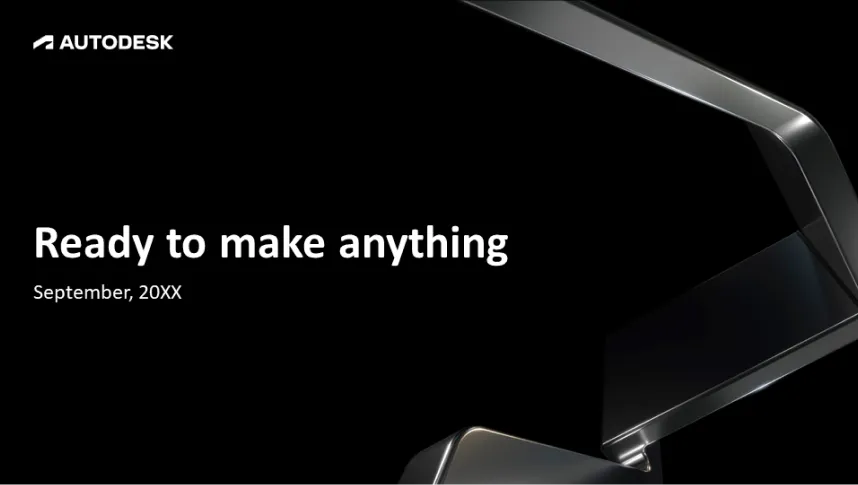Integrating a 3D model into your PowerPoint presentation for animation can certainly make your slides more engaging and visually appealing. Here’s how you can achieve this:
-
First, you need to have a 3D model ready. PowerPoint supports a variety of 3D file formats including .fbx, .obj, .3mf, .ply, .stl, .glb, and more. Make sure your 3D model is saved in one of these formats.
-
Open your PowerPoint presentation and navigate to the slide where you want to add the 3D model. Click on the ‘Insert’ tab in the ribbon at the top of the screen.
-
Click on the ‘3D Models’ button in the ‘Illustrations’ group. This will open a drop-down menu, select ‘From a File’ from the menu.
-
Locate the 3D model file on your computer and click ‘Insert’ to add it to your slide.
-
Once the 3D model is inserted, you can use the 3D rotation handle in the center of the model to rotate it in any direction. You can also use the resize handles on the corners to adjust the size of the model.
-
To animate your 3D model, go to the ‘Animations’ tab in the ribbon and select an animation. PowerPoint offers a variety of animation options that can be applied to 3D models, such as ‘Turntable’, ‘Swing’, ‘Jump & Turn’, and more. Select the one that suits your presentation best.
Remember, while 3D models can enhance your presentation, it’s crucial to use them sparingly and appropriately to maintain a professional and clean aesthetic. Overusing or improperly using 3D models can distract from your message rather than enhancing it. If you’re unsure about how to best utilize 3D models in your presentation, our team at SlideGenius is always here to help you create compelling and effective presentations.
View Our Presentation Portfolio










